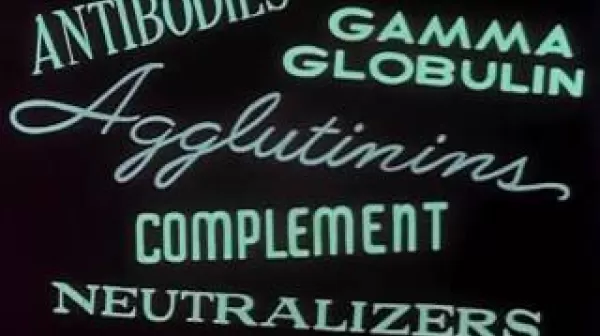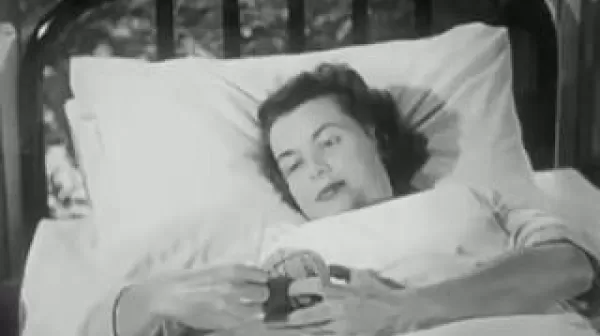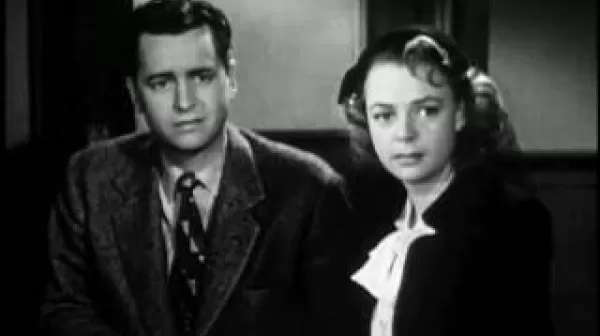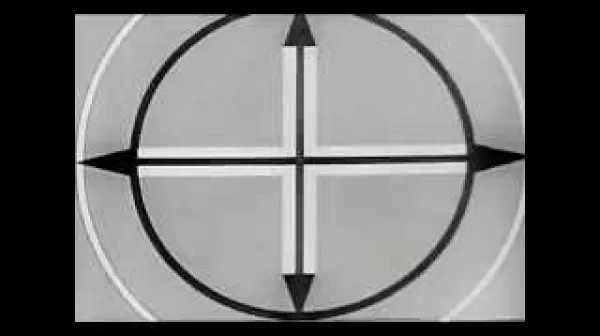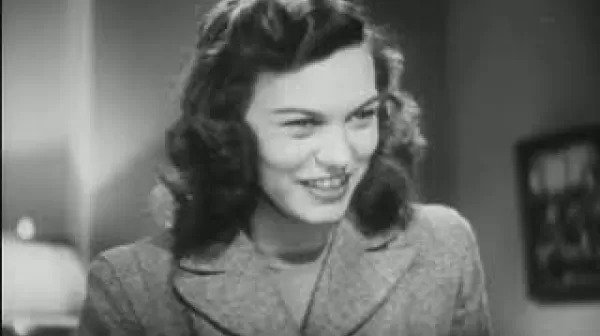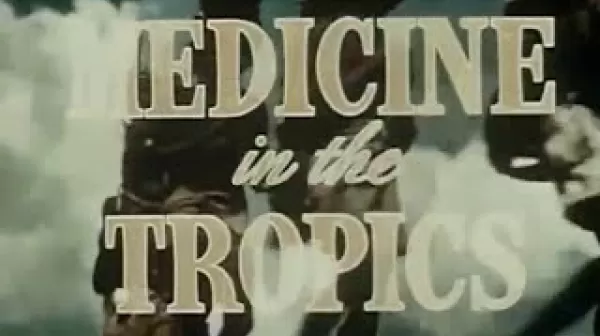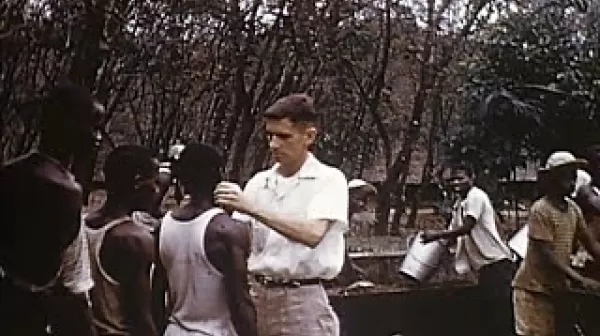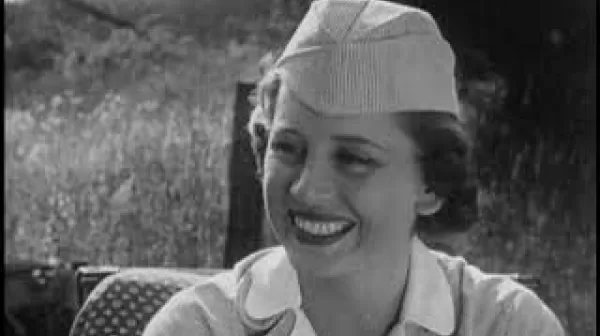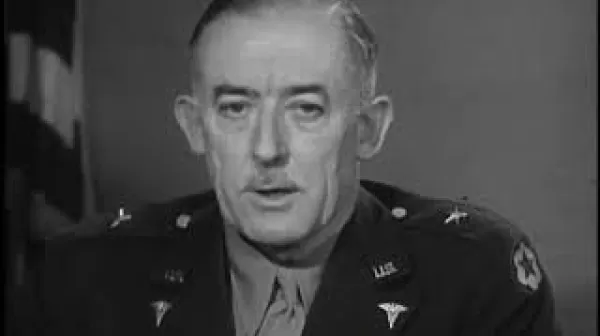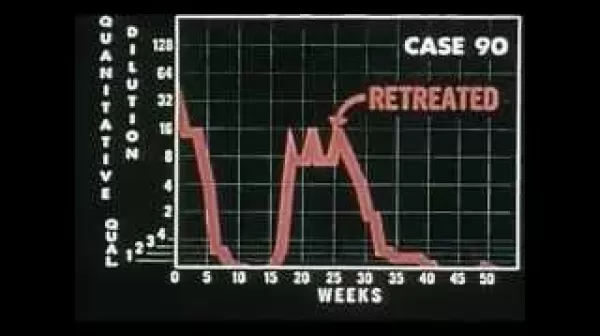The Nurse Combats Disease (Communicable Disease Center, 1962)
This program reviews with the aid of drawings the nurse's role in the prevention of disease. Emphasis is placed on factors which influence the transmission of disease. Techniques which can be used for preventing the transmission of disease are reviewed. Factors which affect the natural history of disease are also discussed. These factors include the characteristics of the organisms which cause disease and host resistance. Environmental factors such as climate which have an effect on disease and the organism's ability to resist it are identified.

